
There are at least 14 genetically modified crops to be aware of if you’re wary of foods that are not completely natural. There are advantages, but many people worry about the drawbacks.
Alfalfa
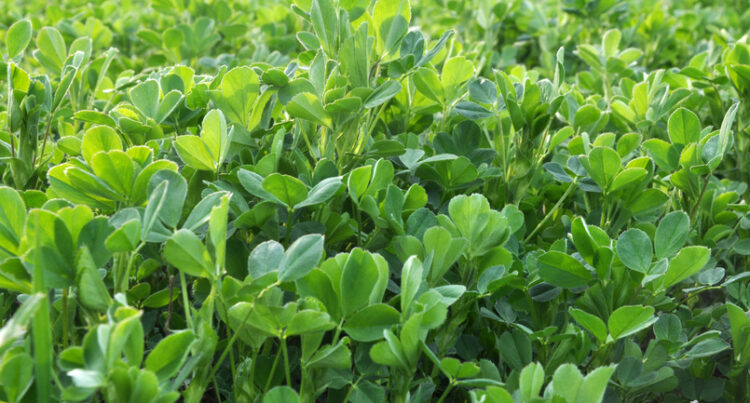
It’s more common to use alfalfa for livestock, but humans use it as well. This doesn’t allay any concerns though since its wide array of uses can increase the risks that genetically modified crops can carry.
Apples
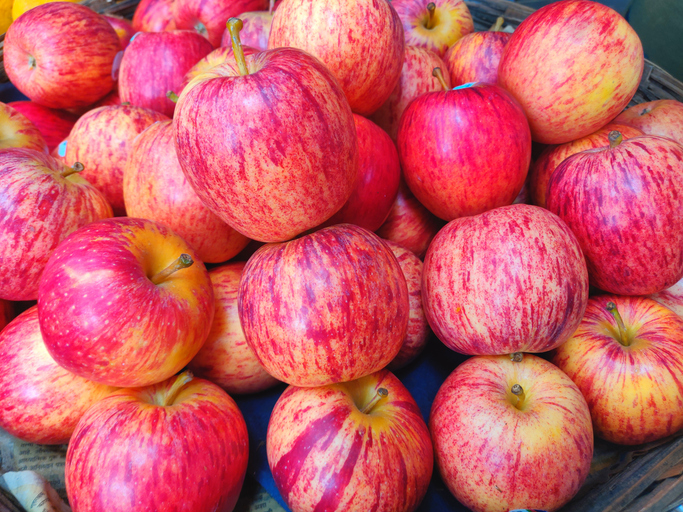
The Arctic apple is designed to avoid browning, which is nice since your apples stay fresh longer. Unfortunately, that doesn’t feel as natural as it should, despite the convenience.
Canola
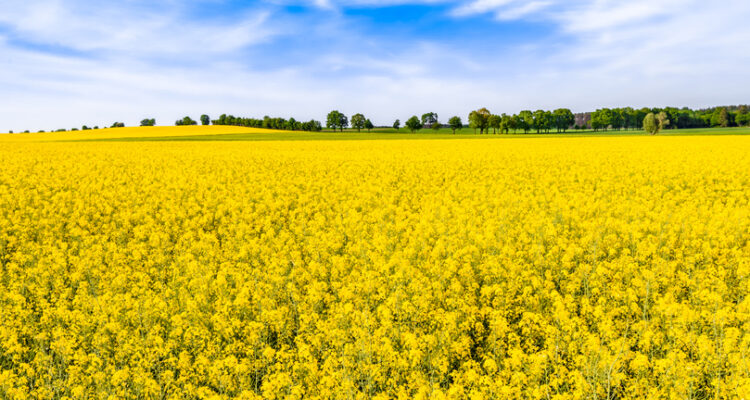
There’s a debate over whether GM canola is harmful to unaltered canola. But chances are good that you’ve used the GM version more often than not.
Corn
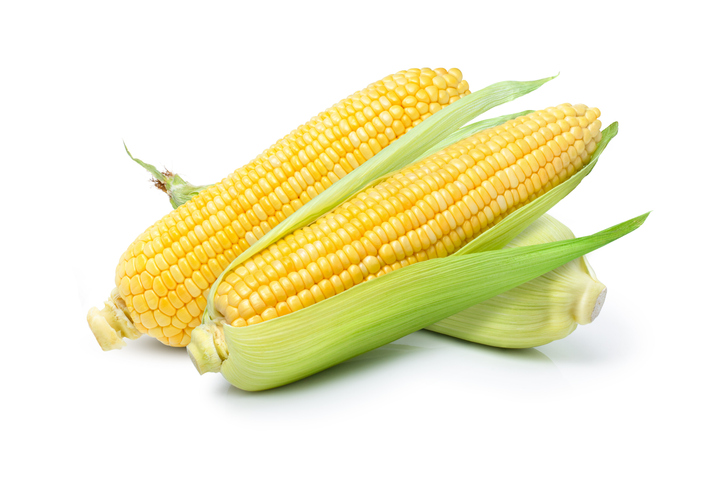
As one of the biggest crops worldwide, it’s not tough to think that farmers need to maintain their output annually. Plus, no adverse health effects have been noted since it was first introduced in the 90s.
Cotton

The belief of some is that this crop could create issues later on down the line if it continues to be used. But more often than not, GM cotton is seen as a good thing, rather than a negative.
Eggplant
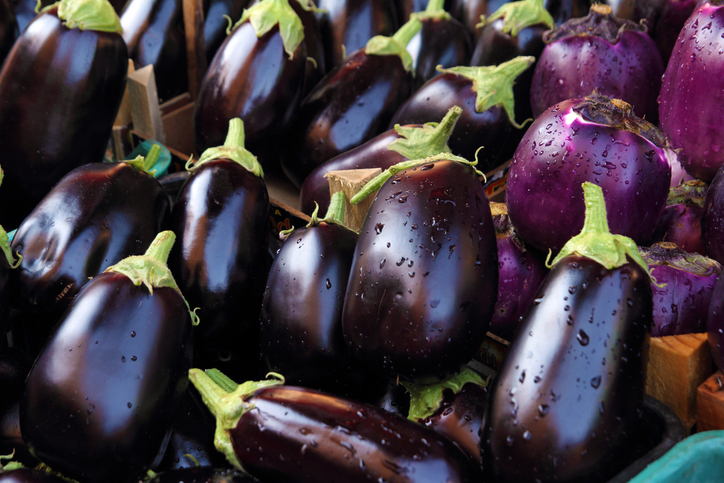
It’s widely observed that GM crops of this sort can repel various insects, which is good. But there is the thought that this might open the door to other invasive pests.
Papaya
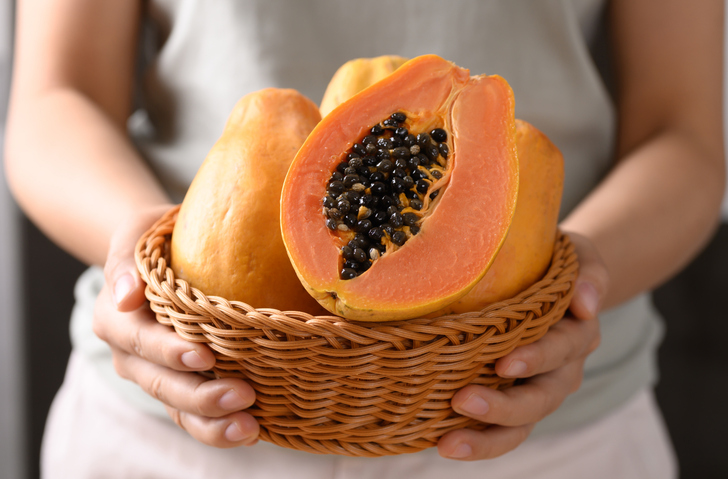
The papaya crops of Hawaii might have been wiped out or significantly reduced if not for genetic modification. But there are still several people who believe that nature should have taken its course.
Pineapple

The lack of food waste is generally a good thing, and the pink flesh of this pineapple is said to be sweeter than the yellow version. But there’s also the idea that it resists browning for far longer.
Potatoes
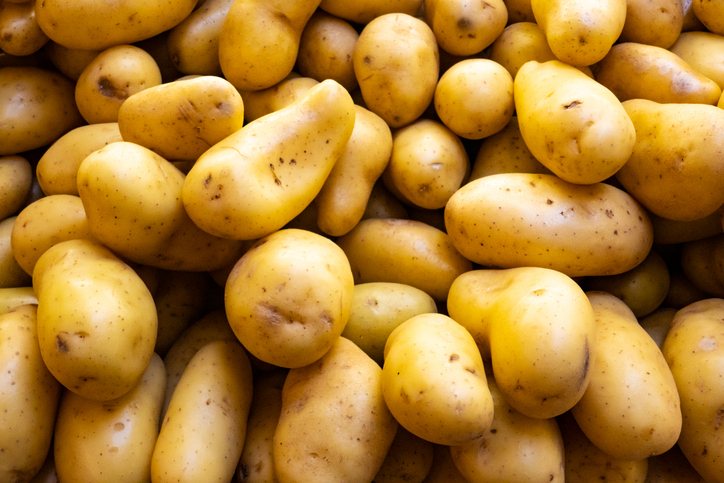
Another high-yield crop, one can’t help but think that even with reservations it’s important to be glad that this happened. This crop is still carefully watched and regulated though.
Salmon
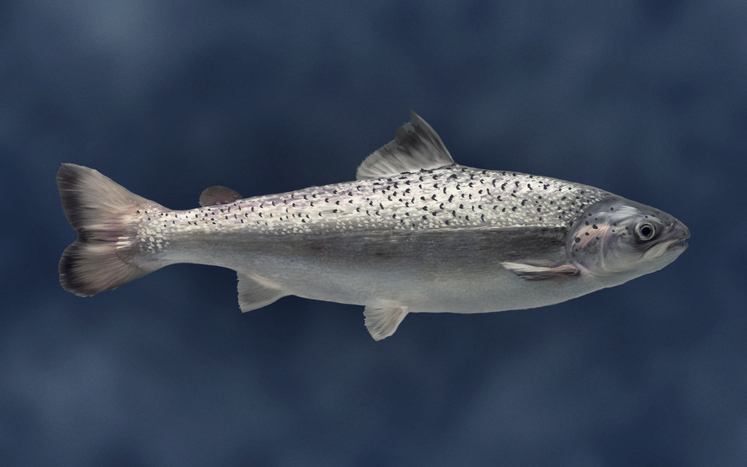
It feels a little different to talk about a mobile creature when talking about genetically modified crops. But some would talk at length about the ethics of such a thing.
Soybean
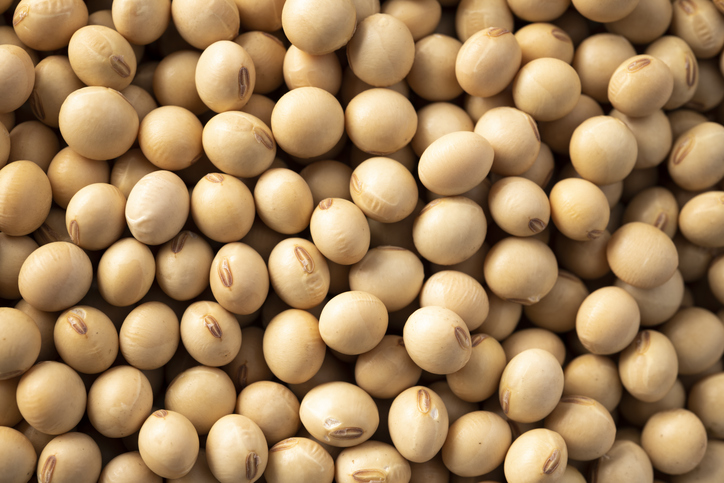
These days a lot of people rely on soybeans, but they’re primarily for livestock in a lot of areas. Still, the idea that those who try to push a natural lifestyle while using an altered crop is kind of amusing.
Squash
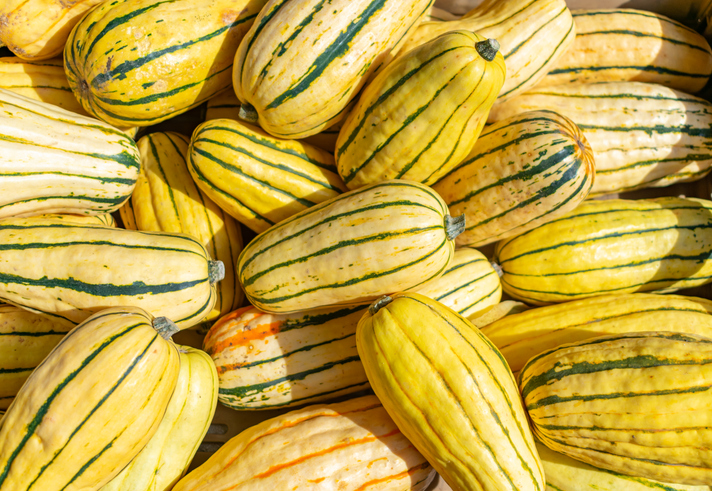
Many crops that are modified are given this treatment to avoid pests and certain diseases that typically run rampant. People still wonder if this is sustainable and healthy, but considering that it’s been happening since the 90s, it appears to be okay.
Sugar Beet
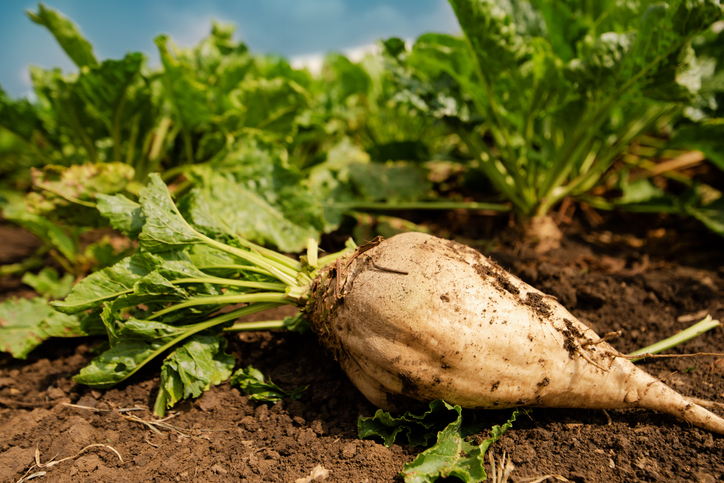
One of the main gripes that people have with GM foods is that they have no long-term testing that determines them to be safe. That’s kind of funny considering that many of these foods have been around since the 90s.
Sugarcane
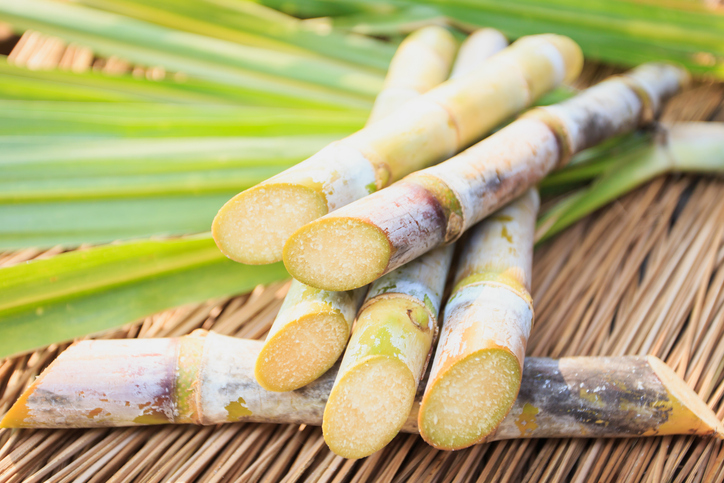
The cane borer insect, which causes massive losses in sugarcane revenue, is one of the big reasons why this crop was modified. Interestingly enough, Brazil just started producing this modified crop in recent years.

Comments
Loading…